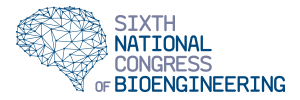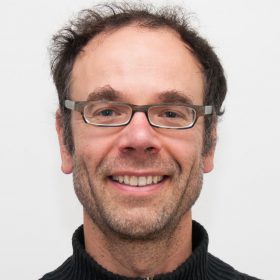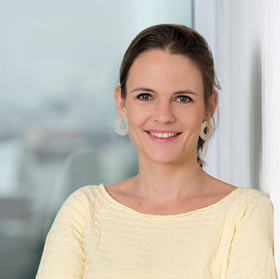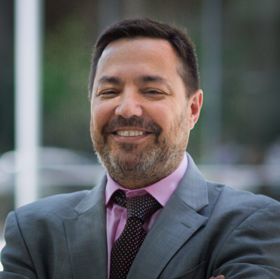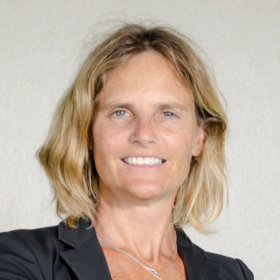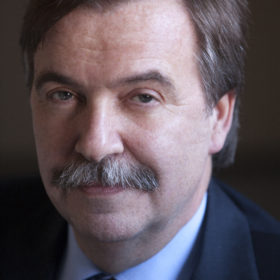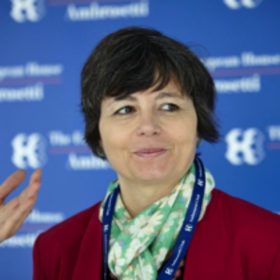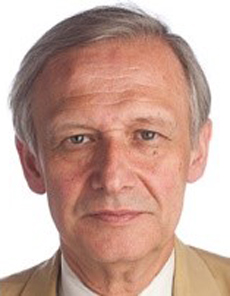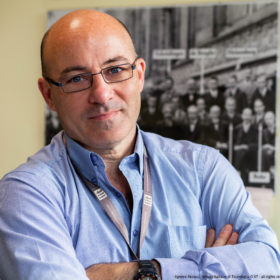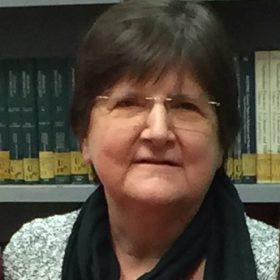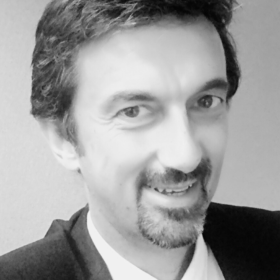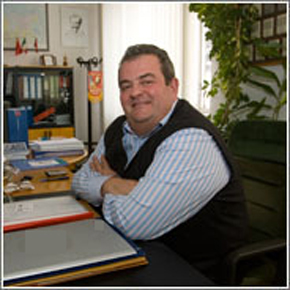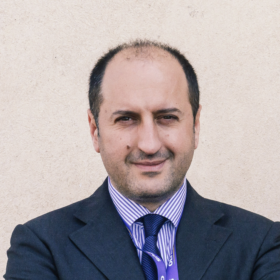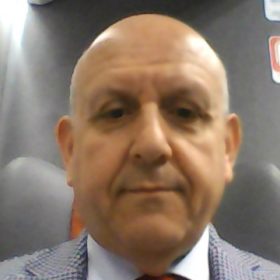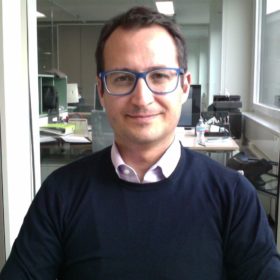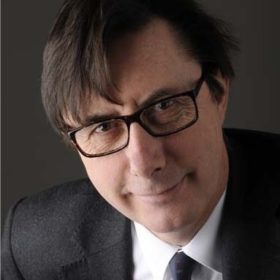His research focuses on the importance of cell-matrix mechanical interactions and mass transport for blood vessel formation (angiogenesis) and its role in tissue regeneration. His group is strongly interdisciplinary, combines computational and experimental work, and currently involves 5 PhD students and 5 postdocs. Computational models relate to the use of mesh-based and meshless (particle-based, agent-based) methods and study cell-matrix mechanics and angiogenesis, and its relation to tissue regeneration. Experimental work aims at quantifying cell-matrix mechanics and solute transport, among others by means of optical microscopy imaging and image data analysis. Challenges relate to integrating computational and experimental data to generate novel understanding on cell-matrix mechanics and angiogenesis. Hans Van Oosterwyck has been a Council Member of the European Society of Biomechanics (ESB) since 2006. He has been the President of the ESB between 2012-2014.
ABSTRACT TITLE
“Quantifying cellular forces during endothelial cell migration and vascular invasion”
Angiogenesis, the formation of new blood vessels from the existing vasculature, is a process that is fundamental to tissue and organ development, growth, repair and disease. Numerous studies have focused on the biochemical regulation of angiogenesis. In contrast, studies that target the mechanical regulation of angiogenesis are rare. In our group, we develop experimental and computational tools to quantify cell-matrix mechanical interactions and to investigate their importance for angiogenesis, both at the single cell scale as well as multicellular scale of an invading angiogenic sprout.
In vitro model of single endothelial cell adhesion and migration
Endothelial cells were cultured on soft polyacrylamide hydrogels of different stiffness values (1.4, 2.7, and 4.5kPa) and coated with different adhesion proteins (fibronectin or collagen). Cellular tractions were quantified by means of Traction Force Microscopy (TFM). Two spatiotemporal analysis methods were implemented and applied to the TFM data. A first analysis zooms into the acquired traction maps and define subsets of tractions associated with a local single peak of maximal traction, termed traction foci, in this way analyzing tractions at a subcellular scale close to the length scale of focal adhesion complexes. A second analysis clusters cells based on spatial distribution, magnitude, and temporal evolution of tractions at each time-point into distinct transient states. These states characterize cell mechanical behavior in terms of force polarization and strength.
Traction foci were found to be larger in cells on collagen than on fibronectin, and stronger on stiffer hydrogels. The trends with which tractions increased with stiffness were different for foci and whole-cells, and depended on the adhesion protein used. Differences could be explained from the number of foci and their average strength. On fibronectin, a large number of short-lived weak foci were noticed, together being responsible for up to 30% to the total traction.
Clustering analysis demonstrated that in all conditions, cell traction exertion is polarized, particularly on collagen. By looking into state transitions it was found that cells do not easily change simultaneously their force polarization and strength.
In vitro model of vascular invasion
Displacement fields around an angiogenic sprout that invades a collagen hydrogel were characterized in relation to sprout morphology and dynamics. Collagen displacement calculations were performed by means of a B-spline-based 3D non-rigid image registration process that warps the image of the deformed gel to the image of the relaxed gel. The latter was obtained by disrupting the cell’s actin cytoskeleton. We found that maximum displacements are of the order of 2 to 10 µms and are located at the sprout tips as well as sprout bases. Between bases and tips, traction-induced matrix displacements become negligible, suggesting that single sprouts mechanically behave as a force dipole along the sprout axis. By downregulating actin polymerization with cytochalasin D, displacement magnitudes were reduced, which also influenced sprout dynamics at different length scales: total sprout invasion length and individual sprout dynamics were reduced and sprout protrusions were found to retract.
In silico models of cell-matrix mechanical interactions
Two different models were implemented that capture a mechanically active cell in either a 2D or 3D environment, by using meshless, particle-based methods. A first model describes a three-dimensional cell on a planar substrate, and captures the dynamics of cell protrusion, adhesion and stress fiber formation by means of the discrete element method. A second model makes a 2D representation of a cell embedded in a viscoelastic, degradable extracellular matrix (ECM), modeled by means of smoothed particle hydrodynamics. Protrusions follow from local reduction of cortex stiffness and the application of small protrusive forces, and stabilized through adhesion formation. Curvature-dependent cortex contractility is implemented as well, leading to cellular tractions.
Model sensitivity focused on the effect on traction polarization, morphology, and cellular traction magnitude of parameters accounting for protrusion, adhesion, actomyosin contraction, ECM stiffness, and ECM degradation. Simulations are compared to TFM experimental results. Results among others suggested that long-range deformations, as observed experimentally around invading sprouts, require collagen hydrogel to strain stiffen.
Acknowledgements: FP7/2007-2013)/ERC n° 308223, FWO-Vlaanderen (n° G.0821.13, n° G.0821.13
